Welcome back to our classroom! We left off with the students just finishing up snack. With full bellies (and some help from dear Mother Nature), we head outside for a little sunshine next. That being said, we live in Kansas so occasionally rain, snow, or 70 mph winds deter us from outdoor play.
Also being that some years our kiddos have some pretty fragile health needs, we don’t always go out when the big kids do. Our school has the policy that students will go outside if it is above 20 degrees with the wind chill. We go case by case and year by year with this policy. Never going out if is below 20 but also implementing other policies as needed.
We try to prepare parents and students by reminding them to dress appropriately for the weather with reminders, notes in the handbook, and monthly newsletters like the one below.
We try to prepare parents and students by reminding them to dress appropriately for the weather with reminders, notes in the handbook, and monthly newsletters like the one below.
Despite our efforts, it is a judgement call whether we go outside or not. On somedays due to a drastic weather change from the day before, parents do not dress their kids appropriately for outside play. I always have a few extra coats and jackets for kids to borrow, but if I don't have enough we go to Plan B.
(Plan B: You may remember from my explanation of centers that if we do not go outside, we simply stretch the length of each center by 2 minutes to add a total of 20 minutes to learning rotations to prevent down time at the end of our day.)
The routine for going outdoors is to line up on designated circle spots and wait for all the peers and teachers to go out together.
Note: There are two doors to our classroom so we actually have two ways to line up. Lining up on the circles to go outside and lining up on the triangles to go into the hallway.
Just another way to add shape recognition and listening skills to our daily routine! We also have square shapes by the sink for students to stand in line for washing their hands before snack.
The lining up process for outdoors time can be lengthy as we try to support all students in working on independent skills to get their jackets, hats, and gloves on. Although this is an important life skill, it makes the transition and wait time a little lengthier than I would like.
We try to keep our students engaged and on their toes during this transition by talking about our day, reviewing concepts with "I spy" games and guessing games, or singing songs that encourage imitation and active listening.
For example, we may sing to the tune of "If You're Happy and You Know It".
If you’re ready to go outside, clap your hands, CLAP-CLAP***
If you’re ready to go outside, clap your hands, CLAP-CLAP
If you’re ready to go outside clap, clap your hands.
If you’re ready to go outside, clap your hands! CLAP-CLAP
***We change the action words to take a deep breath, stomp your feet, shake a hand, give a hug, stand quietly, etc. I like to change the song's words to fit the class' needs in that moment. If we need a little connecting, it might be hug. If we need to calm, it might be breath or stand quietly.
Another great chant we use, adapted from Miss Molly's work at Colby Head Start.
Standing in line playing a game,
when I point to you, please tell me your name!***
*** We change the chant depending the level of the students and what their goals are. We might say tell me your mom's name, tell me your birthday, tell me your favorite toy or even say non-verbal directives for our limited language communicators like point to your nose, or point to your teacher, etc.
Note: Sometimes the rules need to be more specifically taught with visuals of students doing the activities.
Or with a social narrative to support the students in knowing the rules and what the consequences are for not following the rules.
(We simply chalk out a pink circle on the sidewalk for the sit out spot.)
Other times we find it more beneficial to create video examples of what to do/not to do outside. Click below to see a video model that was created to support our kiddos in the ever challenging task of lining up to come inside. We watched the video while reviewing rules at large group during morning calendar. Then refer to it again on my iPhone or iPad as needed.
Following the review of the outdoor rules, we get all the students ready for a successful walk to the playground by singing this song to the tune of Gilligan's Island found on Mrs. Jones' Room blog adapted from work by Dr. Jean.
Note: We sing the last line "I’m ready to go out!" when we are headed outside. The song is perfect for body awareness and line up expectations. However if you are like me and never get the tune right, you can record it on a big mac placed by the door so it starts and sounds the same every time.
Now that we have prepped the kids for a successful outside time, we can head out the door! We are fortunate to have a preschool playground a short walking distance from our classroom. The only challenge is that we walk by the elementary playground on the way to our playground. (I am sure you see some trouble dancing in your head with preschoolers whom are a little overly excited and impulsive.)
Needless to say after the first week of school, our principal was kind enough to add a paint yellow line to visually help get us all to our playground. The children also have another (blue) line going through the big kids' playground to dismiss to parents at the end of the day.
Needless to say after the first week of school, our principal was kind enough to add a paint yellow line to visually help get us all to our playground. The children also have another (blue) line going through the big kids' playground to dismiss to parents at the end of the day.
It is amazing the difference these two lines have made for the kids. Note: the paint was actually just left over yellow and blue paint from grounds department painting the parking lot.
Of course with these added lines came a visual to prep the kids for which line they were going to walk.
We also have a chart to show who is the leader of each line. The pink line is a sidewalk chalk line on the playground where the kids line up to come back inside when the whistle blows.
(Yep! We do use a whistle in preschool! It is a great habit to get into since that is what is used on the big kids' playground.)
(Yep! We do use a whistle in preschool! It is a great habit to get into since that is what is used on the big kids' playground.)
So after we follow the yellow line to the playground, the students have the flexibility to play on whatever equipment they choose unless they show a need for more structure. My philosophy is that all kids need down time and outside time is a perfect time to do that if kids can play in a safe and functional manner.
If, however, they show that they need support to be safe or play in an appropriate way, we will make modifications and add supports.
For example, one of our little guys would tune out and simply walk along the fence when we were outside so we created this visual to support him in using playground as it was designed.
Note: After he finishes all five activities on the visual, he could go back to walking the parameter of the playground as he seemed to find comfort in doing so and needed it for downtime.
The idea is teach new skills and create balance. We wanted him to experience typical playground activities so he could possibly engage with peers and staff. By giving him an organized structure to do that, he learned outdoor play skills and eventually played on the equipment without being prompted. He still does not play on the equipment for significant lengths of time, but has some balance of playing and interacting socially and getting the downtime he needs.
The idea is teach new skills and create balance. We wanted him to experience typical playground activities so he could possibly engage with peers and staff. By giving him an organized structure to do that, he learned outdoor play skills and eventually played on the equipment without being prompted. He still does not play on the equipment for significant lengths of time, but has some balance of playing and interacting socially and getting the downtime he needs.
Another support we added for a little girl was a clipboard schedule with first-then icons. She loved to swing and would spend the whole time on the swings if we let her so originally we structured it so she had to do something else first and then could go swing. Later when she was ready for the next step, we created a three choice system in which she had to pick three things to do then she could do her preferred choice that seemed to change from week to week from either walking along the fence or swinging.
When we started having our little gal do new things like the trikes and sandbox, we had to build in more structures. For the trikes, we added a token system to show her how many turns she could have as she hated sharing the trikes. This actually turned out to be a great structure for all the kids. They could each visually see how many rides around the bike path they got and when they needed to share their trike with friends.
When we started having our little gal do new things like the trikes and sandbox, we had to build in more structures. For the trikes, we added a token system to show her how many turns she could have as she hated sharing the trikes. This actually turned out to be a great structure for all the kids. They could each visually see how many rides around the bike path they got and when they needed to share their trike with friends.
Note: We had a staff person standing at the start of the bike path to take tokens each time the students went around and facilitate the kids in going the correct direction around the path.
For the sandbox, our little gal had a different problem. She hated the sandbox and wanted nothing to do with it so we added three sand tools and a bucket. To start, the expectation was just for her to pick up the sand tools and put them in the bucket. Then as her sensory system got used to touching the sand, she was expected to scoop sand into the bucket three times and then she could be done. Eventually, we removed the bucket system as she was comfortable to play in the sandbox without the added structure.
For the sandbox, our little gal had a different problem. She hated the sandbox and wanted nothing to do with it so we added three sand tools and a bucket. To start, the expectation was just for her to pick up the sand tools and put them in the bucket. Then as her sensory system got used to touching the sand, she was expected to scoop sand into the bucket three times and then she could be done. Eventually, we removed the bucket system as she was comfortable to play in the sandbox without the added structure.
One more structure we added to outside was a aided language boards that hung on the storage shed. These are similiar to the communication systems in the classroom centers and were used to support kids in communicating what they wanted to play with outdoors. If you look closely you will see two icons for bikes and balls on velcro right inside the shed door. These were great for kids to take off and hand to a teacher like PECS communication to request the bikes or balls.
Generally speaking, outside time is 15 to 25 minutes depending on the weather and how the rest of our schedule for the day played out. For our morning kids, we do outside time toward the end of the day as it is typically warmer later in the morning making it more likely that we will get to go outside. Ideally however, we would do outdoor time more in the middle of our day so the kids can have unstructured downtime to burn off some energy in the middle of the day to make for more focus time in the classroom.
Finally, while outside we try to have staff spread out so that one person is helping on the swings, one by the equipment, and one by the trikes or sandbox depending on what is out for the day. This is a work in progress as it is in our nature to speak to each other at this point in the day about how the kids did throughout the day or to develop tweaks and restructures that need to be put in place, as well as other adult conversation kinds of things! :) We really have to be disciplined to do this zoning step. If you would like to try the zoning system and/or support your staff in being more effective at it, I suggest you take a look at this excellent book by McWilliam and Casey.
Finally, while outside we try to have staff spread out so that one person is helping on the swings, one by the equipment, and one by the trikes or sandbox depending on what is out for the day. This is a work in progress as it is in our nature to speak to each other at this point in the day about how the kids did throughout the day or to develop tweaks and restructures that need to be put in place, as well as other adult conversation kinds of things! :) We really have to be disciplined to do this zoning step. If you would like to try the zoning system and/or support your staff in being more effective at it, I suggest you take a look at this excellent book by McWilliam and Casey.
That's outside time in a nut shell, folks!! :) Join us next time as we close out our day with end of the day group time! Until then...Enjoy the outdoors!!
Playfully Yours,
Lindy






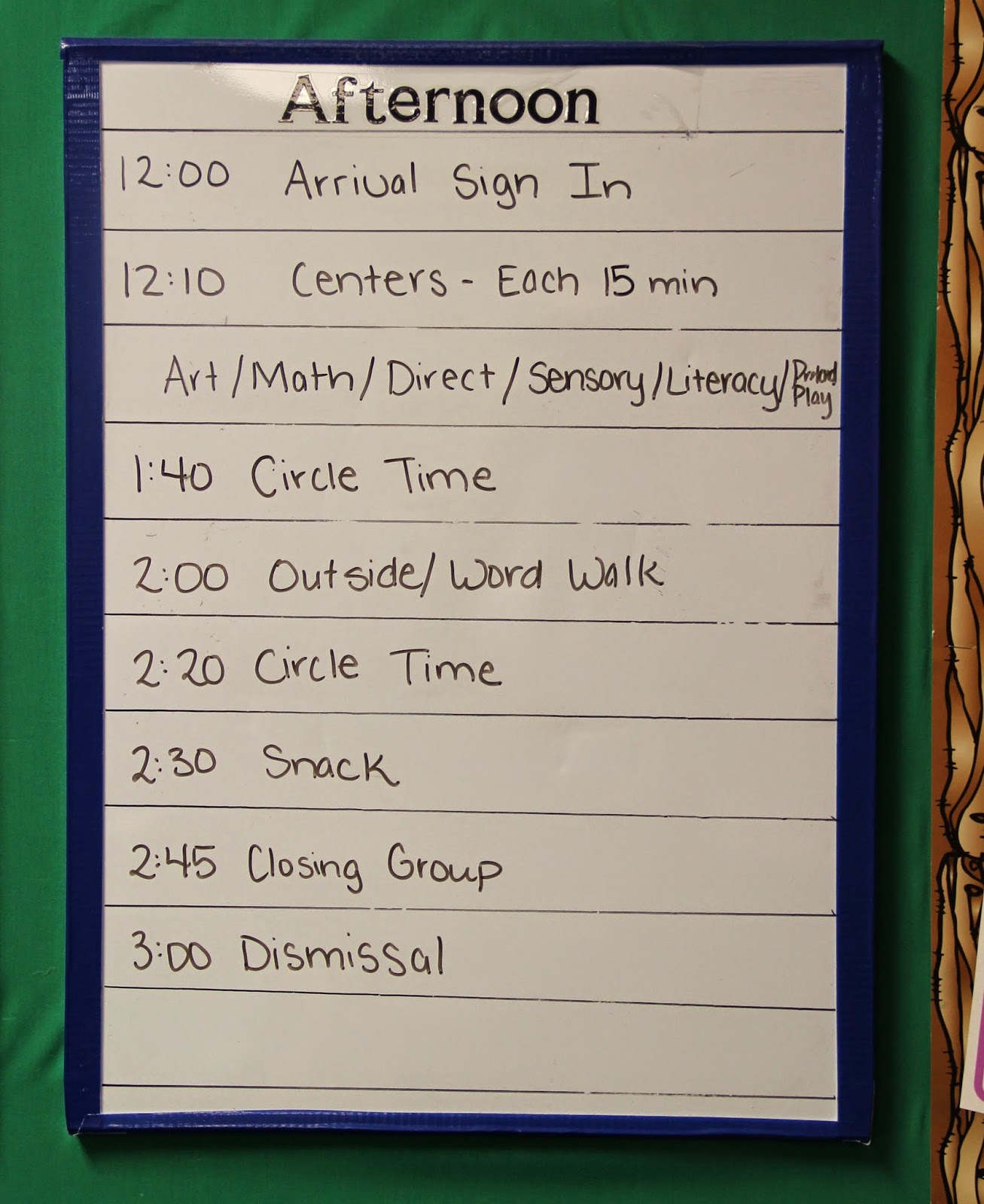.jpg)
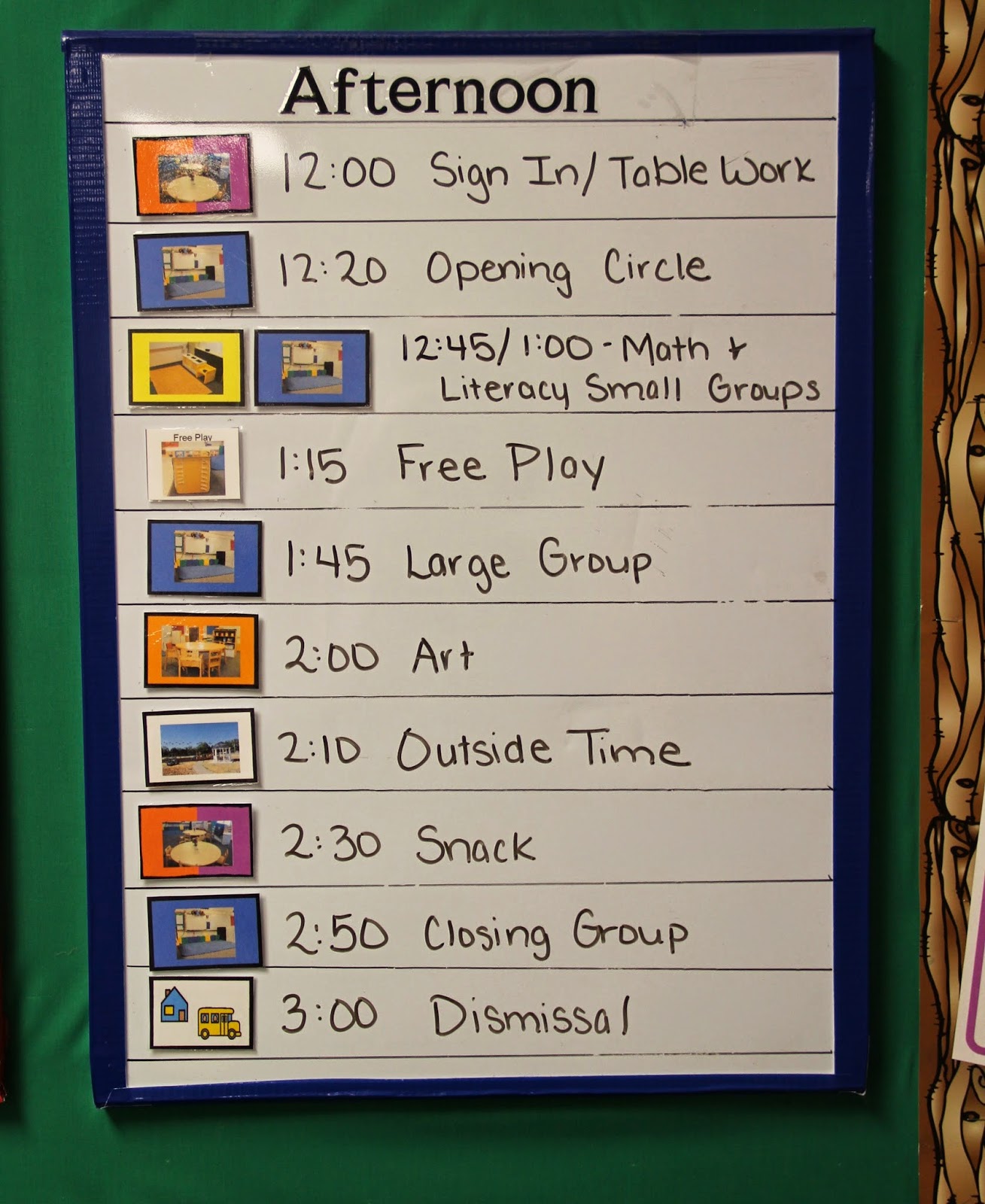.jpg)
.jpg)
.jpg)
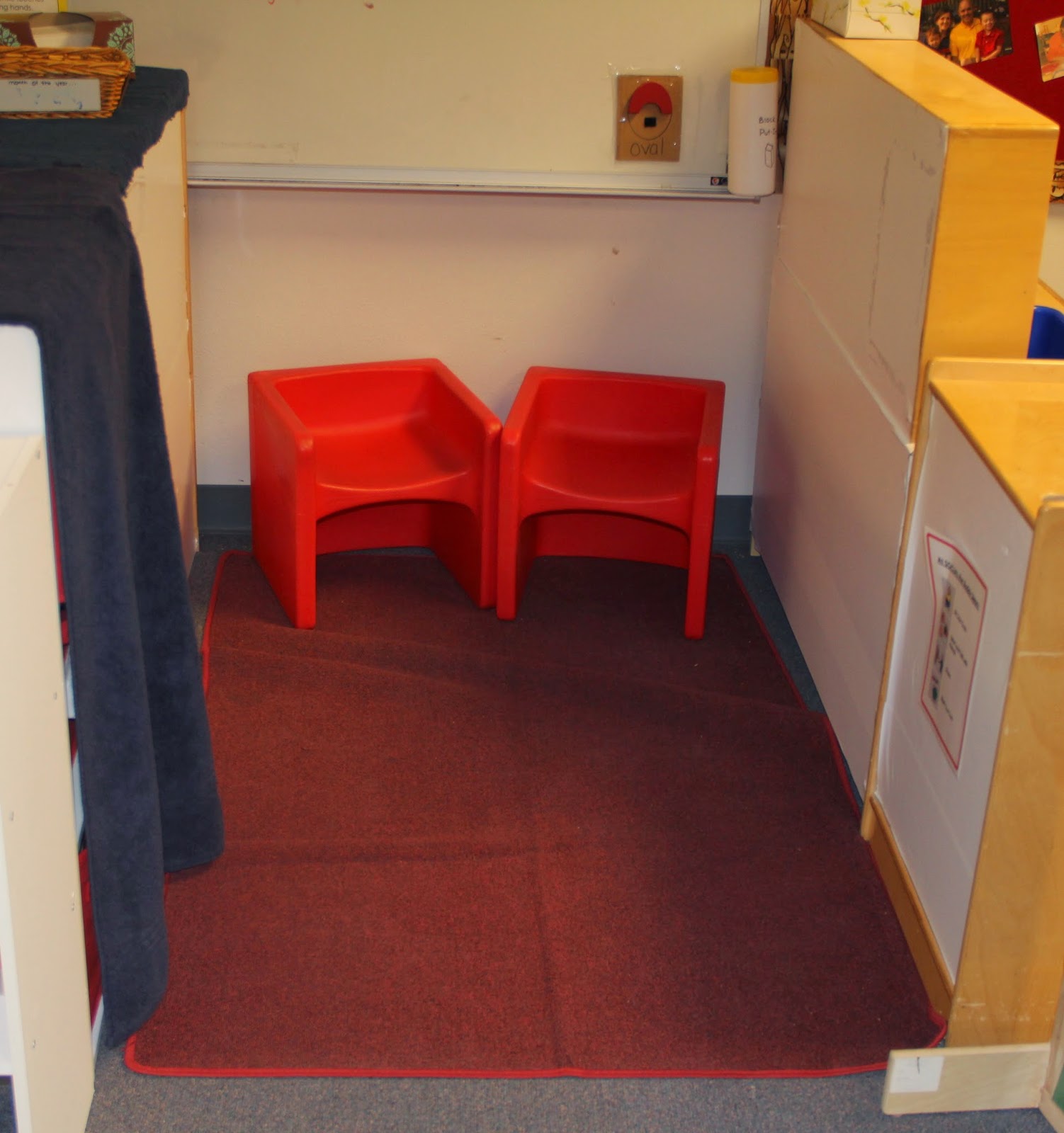
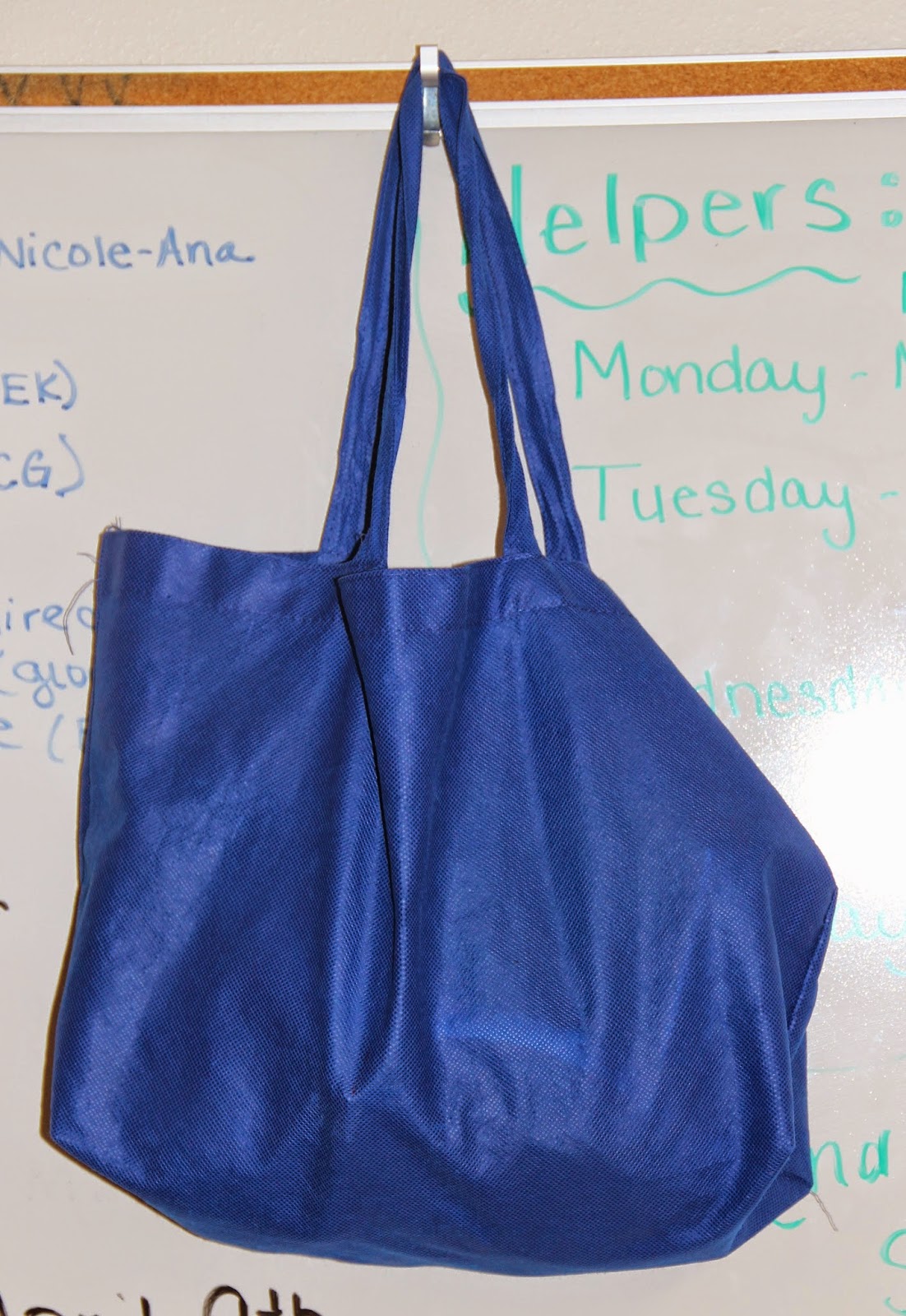
.jpg)

.jpg)
.jpg)
.jpg)

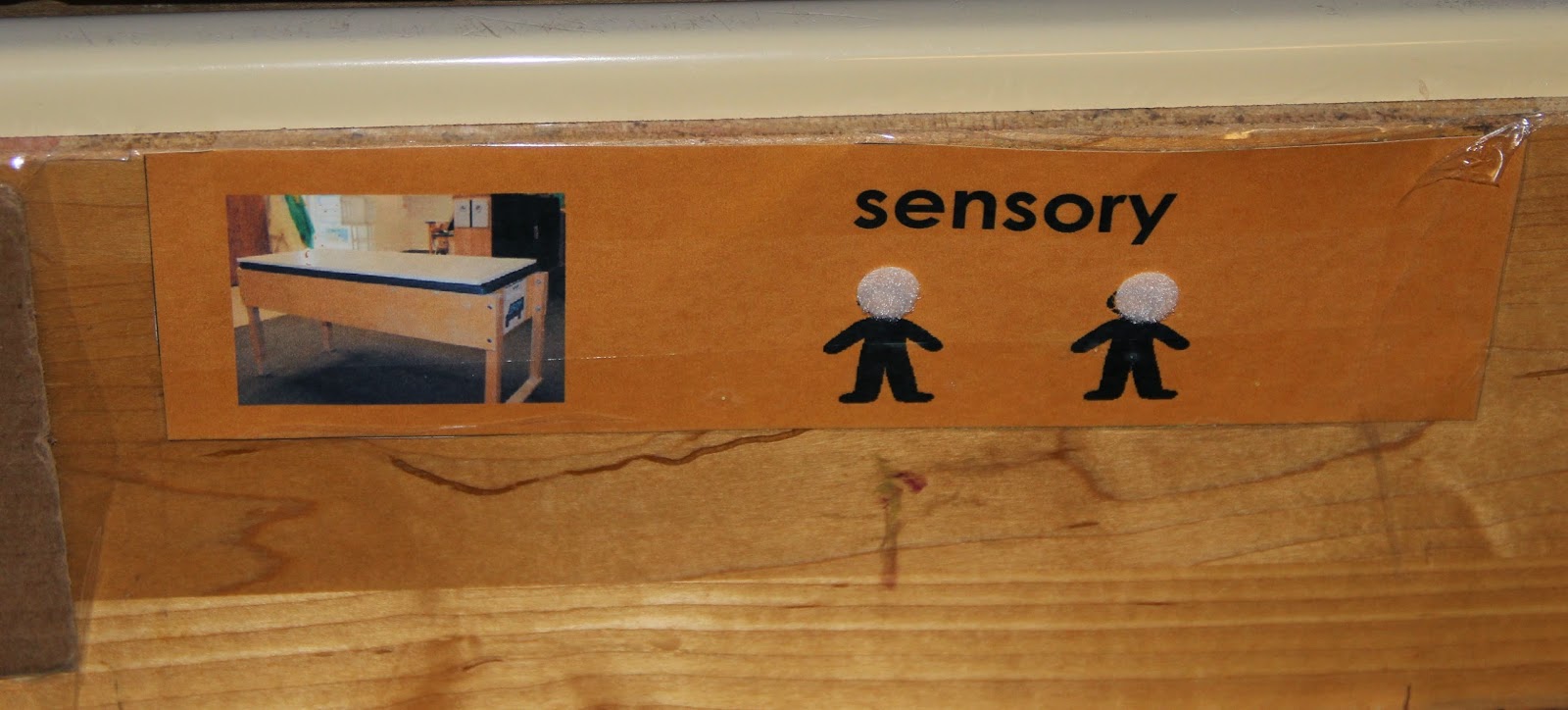
.jpg)



.jpg)
